Sensors pick up brain wave activity and send it via Bluetooth to a microchip (a very thin piece of silicon with an electrical circuit structure) in the prosthetic hand.

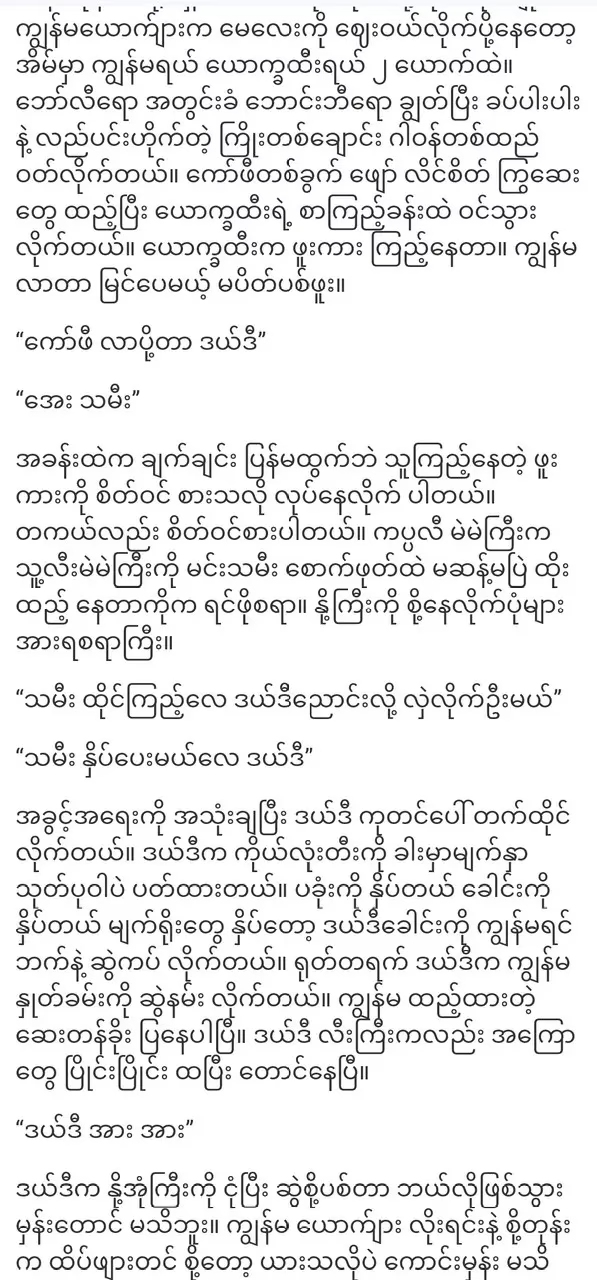
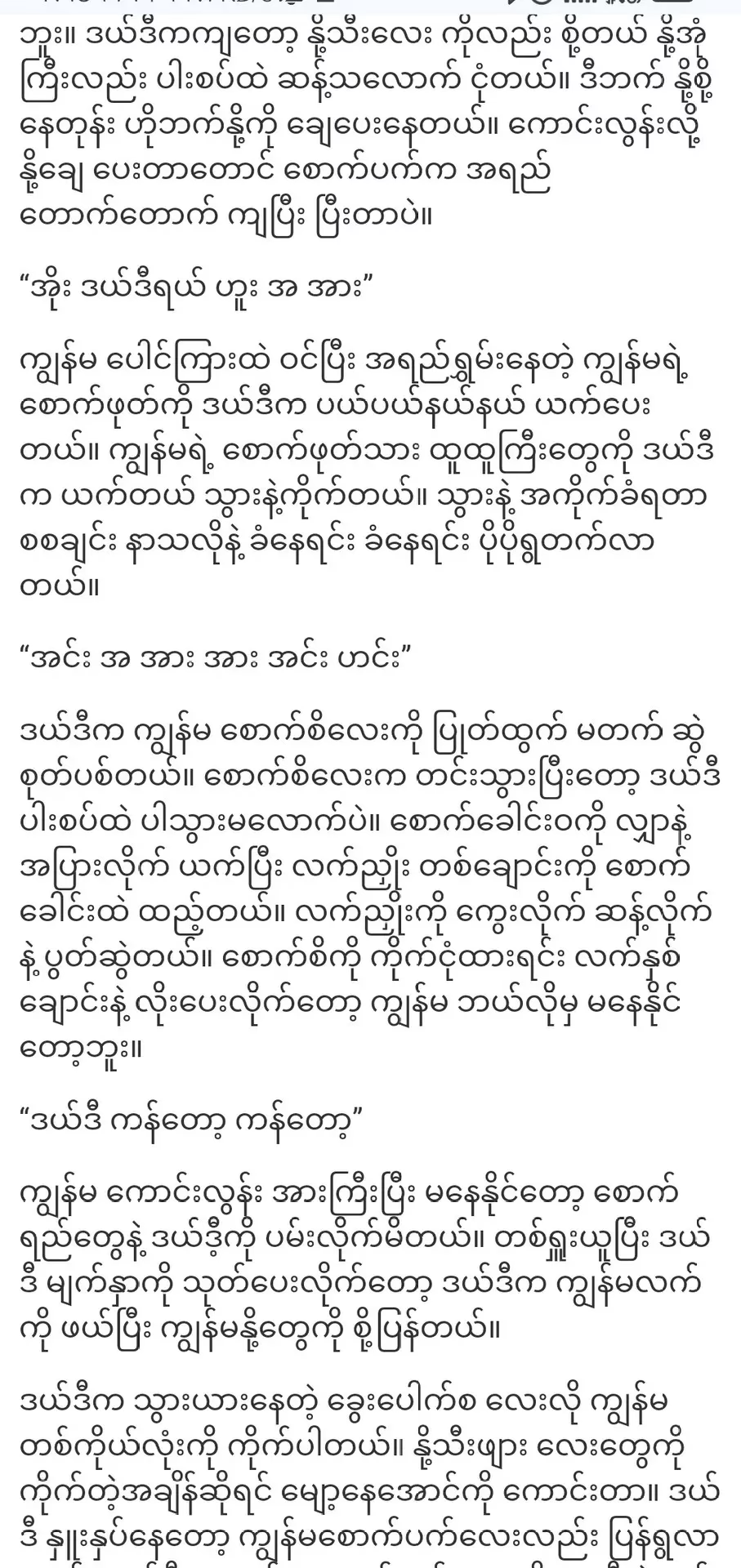
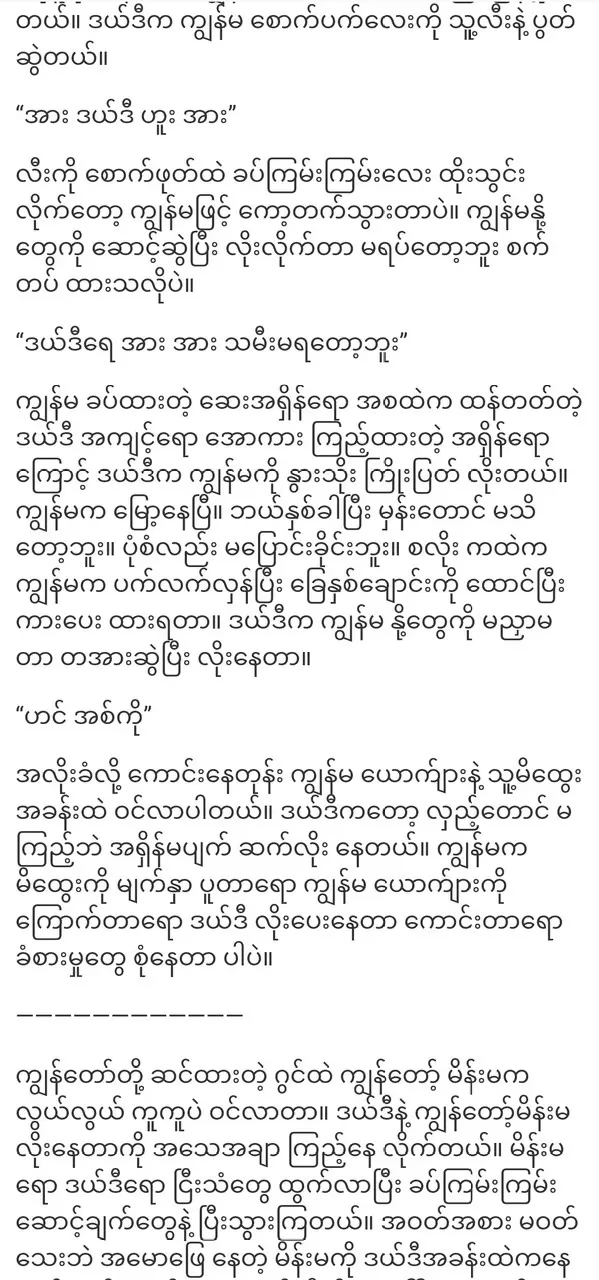
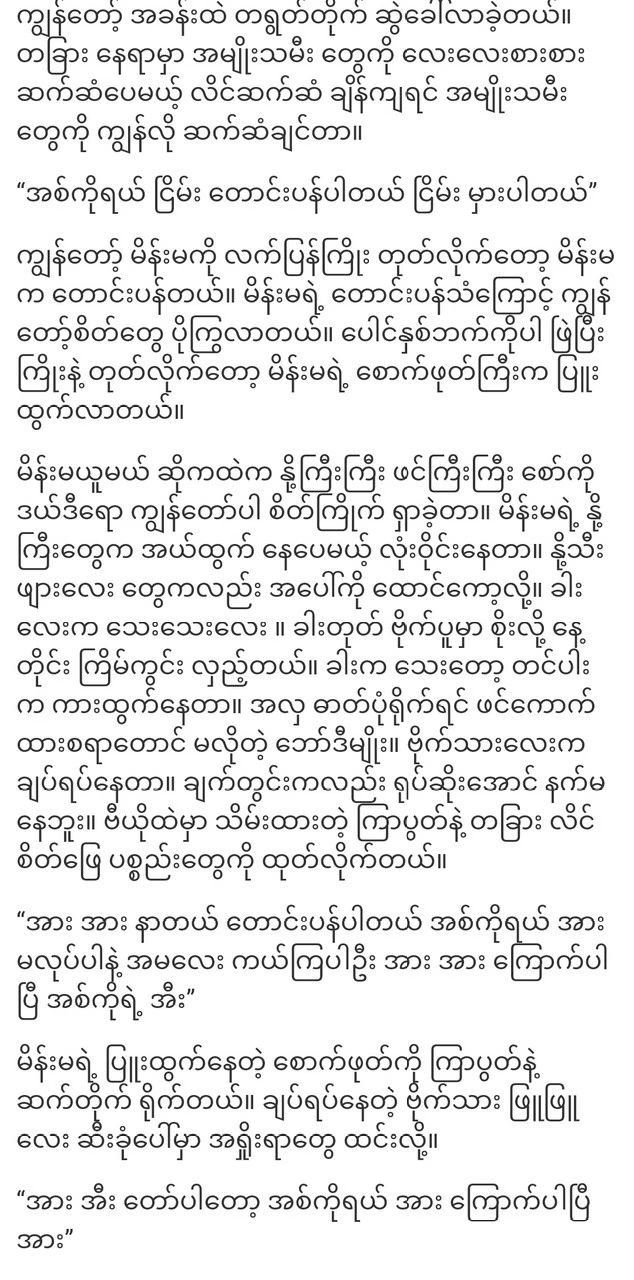
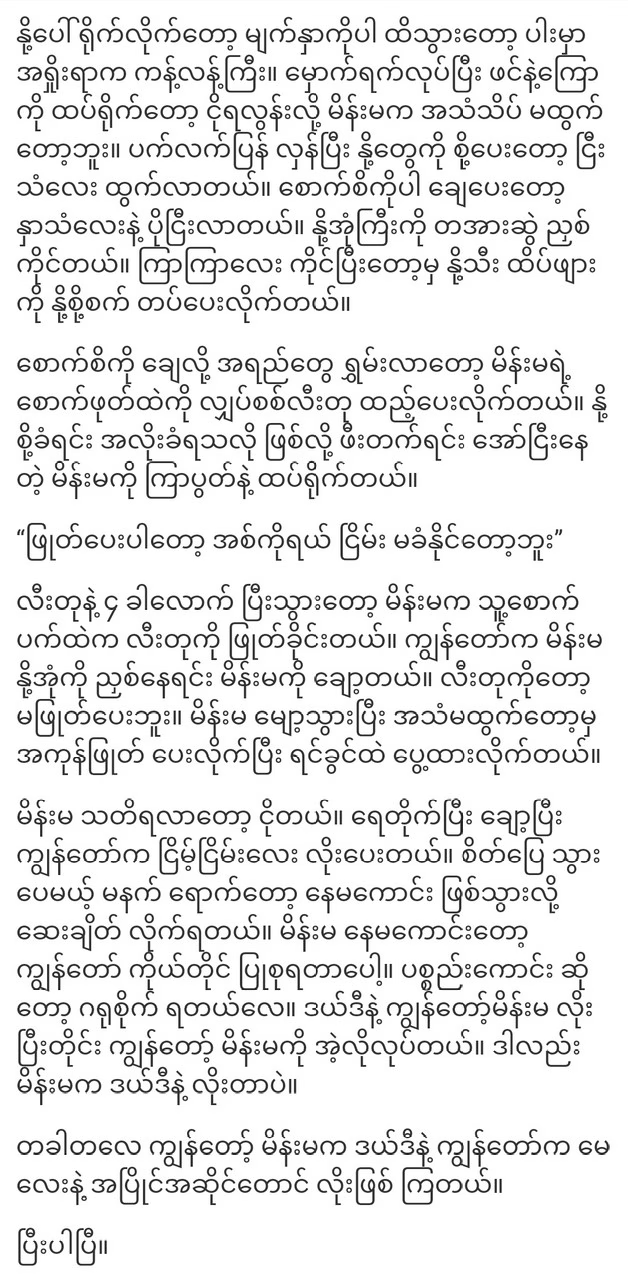
The hand is moved with a head movement and stopped with an intentional blink (a phenomenon that reflects a temporary limitation in the ability to use visual attention). Benjamin worked with 6 adult volunteers, their hands clasped, They collected their brain wave data while asking them to focus on the spread. Benjamin’s prosthetic hand cost just US$300 (AU$450). Benjamin believes his technique can be used not only in artificial limbs, but also in controlling things like wheezing and helping people with Amyotrophic Lateral Sclerosis, a brain and neurological disease. Benjamin’s invention was among the top 40 in the United States’ Redgeneron Science Talent Search competition.
